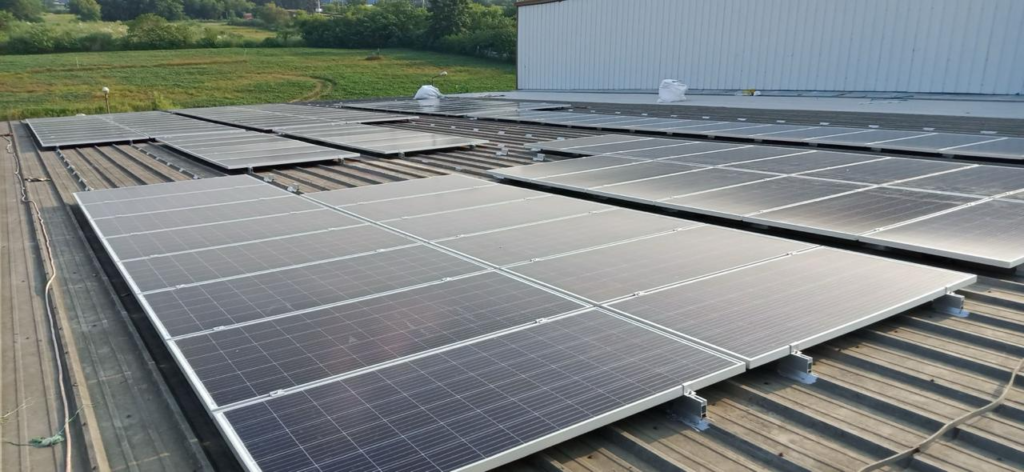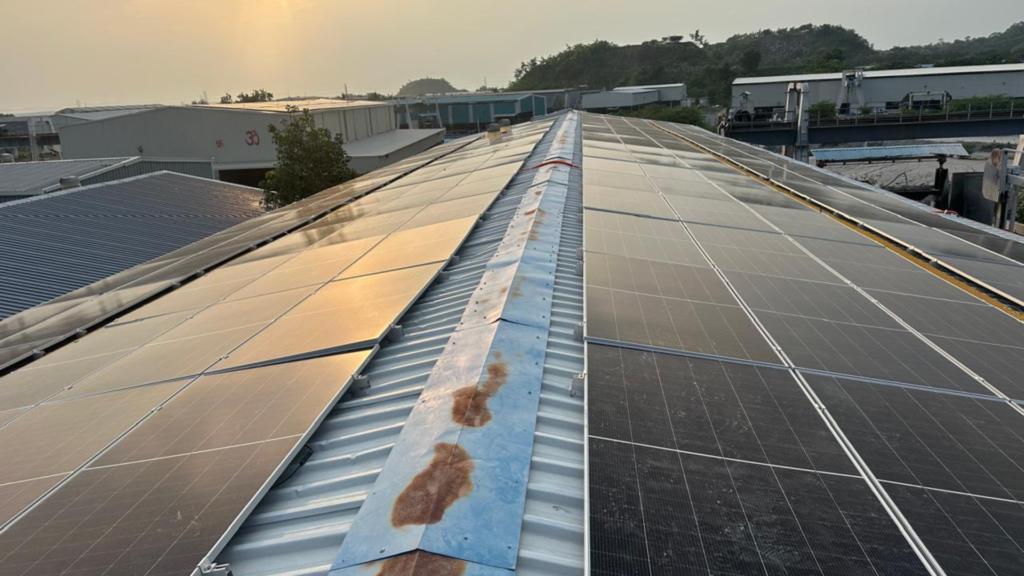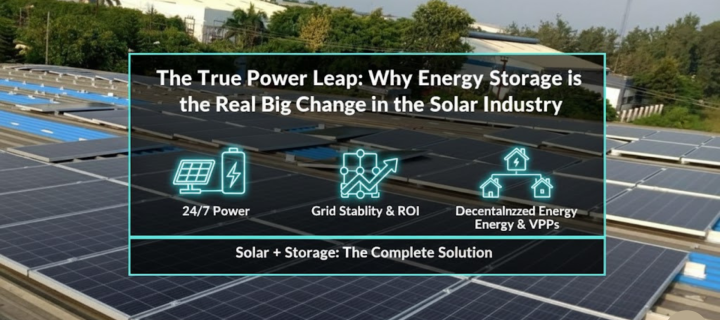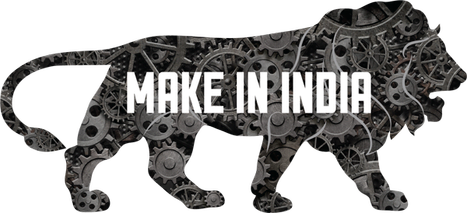The story of solar energy has long been one of dramatic price drops and rising panel efficiency. Today, those tales belong to the past. The Big Change in the Solar Industry is no longer about generation; it is fundamentally about utilization. This change is being driven by Energy Storage, which is transforming intermittent daylight power into a secure, stable, and truly 24/7 power source.
This comprehensive guide explores how Battery Energy Storage Systems (BESS) are the critical component enabling this energy revolution, particularly for residential and commercial users in India.
1. Conquering the Intermittency Challenge: 24/7 Solar – The Big Change in the Solar Industry

Solar energy’s greatest strength—its reliance on the sun—is also its biggest weakness. Energy storage eliminates this “duck curve” effect, where power generation peaks at midday but drops sharply just as consumer demand peaks in the evening.
Energy Storage systems like lithium-ion batteries serve multiple critical functions:
- Load Shifting: They capture the surplus energy generated during the mid-day hours when generation is high but demand is low.
- Peak Demand Service: They discharge this stored energy during the evening peak, avoiding high utility tariffs and easing grid strain.
- Enhanced Resilience: They provide essential backup power during grid outages, a crucial feature in regions prone to power cuts.
For homeowners and businesses in Rajasthan, this means genuine energy independence. If you are frustrated by unreliable grid power, an experienced solar installation company in jaipur can design a tailored system that maximizes your energy independence through intelligent storage.
2. A Deep Dive into BESS Technology: Chemistry and Application – The Big Change in the Solar Industry

Comparing Lithium-ion Chemistries – The Big Change in the Solar Industry
| Feature | Lithium Iron Phosphate (LFP) | Nickel Manganese Cobalt (NMC) |
| Safety and Stability | Excellent thermal stability; low fire risk. | Higher energy density, but requires more careful thermal management. |
| Lifespan (Cycle Count) | Generally longer cycle life (e.g., 6,000+ cycles). | Shorter cycle life, but rapidly improving. |
| Cost | Generally more cost-effective for stationary storage. | Higher cost due to cobalt content. |
| Energy Density | Lower energy density (requires more space). | Higher energy density (ideal for EVs and compact spaces). |
LFP batteries are fast becoming the preferred choice for stationary solar storage applications in India due to their superior safety profile and lower long-term cost of ownership, despite a slightly lower energy density.
3. The Economics of Solar + Storage: Lowering Your Solar Panel Installation Cost

The initial investment for a solar-plus-storage system is higher than a grid-tied solar-only system, but the economic benefits of energy storage are now overwhelming, particularly in the Indian commercial and industrial (C&I) sector.
How Storage Justifies the Initial Investment:
- Demand Charge Reduction (C&I): For large commercial users, up to 50% of the electricity bill can come from “demand charges,” which are penalties for brief periods of high power usage. A BESS system can automatically “peak shave” by discharging during these moments, drastically reducing operating costs.
- Maximized Self-Consumption: In states where Net Metering policies are becoming less generous, storing your own energy for evening use ensures that nearly 100% of the solar energy you generate is utilized, maximizing the return on your solar panel installation cost.
- Arbitrage and Trading: Future policies will allow stored energy to be sold back to the grid during high-price peak hours, creating a new revenue stream—a sophisticated version of the old Feed-in-Tariff.
To accurately calculate your return on investment and understand your precise solar panel installation cost, including the battery system, you need an expert assessment. A leading solar installation company in jaipur will use professional software to model your specific energy consumption profile and show you a clear payback period.
4. Policy and Market Drivers in India

The adoption of BESS is not just a technological trend; it is a national mandate in India, driven by ambitious government goals.
India’s Ministry of Power targets 41 GW / 236 GWh of BESS capacity by 2031-32 to support its goal of 500 GW of non-fossil fuel capacity by 2030. Key policy drivers include:
- Viability Gap Funding (VGF): The central government is offering substantial VGF (up to 40% of the capital cost) for BESS projects, which dramatically lowers the overall solar panel installation cost for developers and, eventually, consumers.
- Inter-State Transmission System (ISTS) Charge Waiver: Waiving these charges for BESS projects reduces the cost of deploying storage across different states.
- Energy Storage Obligation (ESO): Mandating that utilities procure a certain percentage of their energy from storage systems ensures a growing and stable market.
This supportive ecosystem, combined with the fact that Rajasthan has recently achieved a record-low auction price for BESS projects (as low as ₹1.77 lakh per MW), shows that the momentum for storage is irreversible.
5. The Future is Smart: Virtual Power Plants (VPPs)

The final stage of the solar evolution is turning distributed storage assets—like the battery in your home—into a collective grid asset. This is the concept of a Virtual Power Plant (VPP).
A VPP is a software-controlled network that links thousands of small, decentralized solar + storage systems. When the grid needs stability, the VPP software instantaneously commands hundreds of batteries to discharge, acting as a single, massive, and highly flexible power plant.
Benefits of Joining a VPP (The Smart Big Change):
- New Revenue Streams: Homeowners can earn income by allowing their battery to support the grid during peak times.
- Maximum Efficiency: The VPP ensures that battery charging/discharging is optimized for the user’s bill savings and the grid’s stability simultaneously.
- System Reliability: By pooling resources, the VPP makes the entire local grid more resilient to failure.
Conclusion
The Big Change in the Solar Industry is here, and it is firmly rooted in the battery. Energy Storage has taken solar from a nice-to-have daylight power source to a reliable, dispatchable, and economically superior primary power source.
For consumers in India, especially those looking for energy security and cost savings in cities like Jaipur, the question is no longer if you should install storage, but when and how. Partnering with a skilled solar installation company in jaipur is the crucial first step to ensuring your investment maximizes self-consumption and delivers a quick return on your optimized solar panel installation cost.
Frequently Asked Questions (FAQ)
Q1. Does adding storage drastically increase my solar panel installation cost? A: Yes, the upfront solar panel installation cost is higher when you include a battery, but the price of batteries is falling rapidly. More importantly, the long-term savings from avoiding peak-rate electricity charges and leveraging backup power often results in a better overall return on investment (ROI) and a faster payback period than a solar-only system.
Q2. How long do modern solar batteries, like LFP, typically last? A: High-quality Lithium Iron Phosphate (LFP) batteries are generally rated for 10 to 15 years, or up to 6,000 to 10,000 charging cycles, before their capacity degrades significantly. This lifespan is comparable to most modern solar panels.
Q3. If I want a solar-plus-storage system, how do I choose the best solar installation company in jaipur? A: Look for a solar installation company in jaipur that specializes in integrated solutions, not just panels. They should provide a detailed energy audit, offer warranties on both the panels and the battery, and be capable of integrating the system with the latest smart energy management software (VPP-ready).








